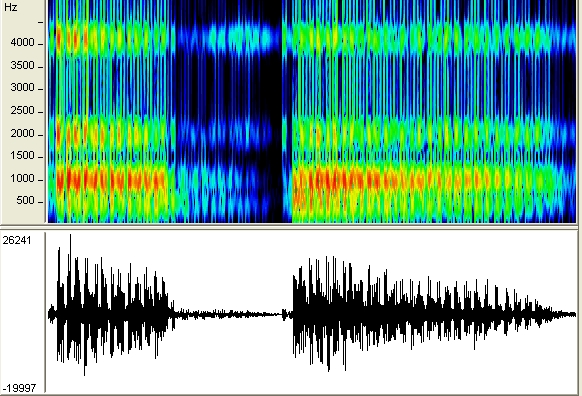| Home | Research | Publications | CV | Courses | Links |
General research Interests
-
linguistic variation
-
speaker-hearer coordination
-
adaptation and learning
-
speech perception and production
-
linguistic experience: dialects and literacy
__________________________________________
Methods
- behavioral experiments
- eye-tracking
- phonetic analyses
_______________________________________________

-
we rapidly adapt to different speakers and pronunciations
-
perhaps because restructuring is so strong, the system is selective in when and what it will learn (e.g., pdf)
- it quickly integrates multimodal and pragmatic information to guide learning - how we represent sounds is not only determined by information available in the acoustic signal, as current theories of speech perception presume (pdf)
_____________________________________________________

Do we always learn when we're communicating?
Non-native speakers of a language occasionally produce utterances that are grammatically incorrect, and sometimes ambiguous.
But very often in communication, we don't need to process the grammatical structure of an utterance in order to successfully understand the speaker - simply getting the 'gist' is enough.
In a current referential communication experiment, I am looking at (a) whether native English listeners will learn the grammar of a non-native speaker (becoming faster and more accurate at comprehending their structures) and (b) whether learning in comprehension will be reflected in their production (showing priming for the 'correct' underlying structure).
____________________________________________________

How do behavioral adaptations in dialogue arise?
A central question in psycholinguistic theories of dialogue is whether coordination in interaction actually reflects a sensitivity to one’s conversational partner, or whether it arises as an ‘accident’ of the linguistic system’s architecture. For example, when speakers produce prosodic cues that resolve syntactic ambiguities, do they do so "for" their addressees (the audience design hypothesis) or "for" themselves, as a by-product of planning and articulating syntactic structures?
I developed a task to elicit syntactically ambiguous utterances from speakers as they instructed an addressee to move objects around a display. The results (pdf) support a model of language production in which syntactic structure and prosody are tightly linked.
_____________________________________________________